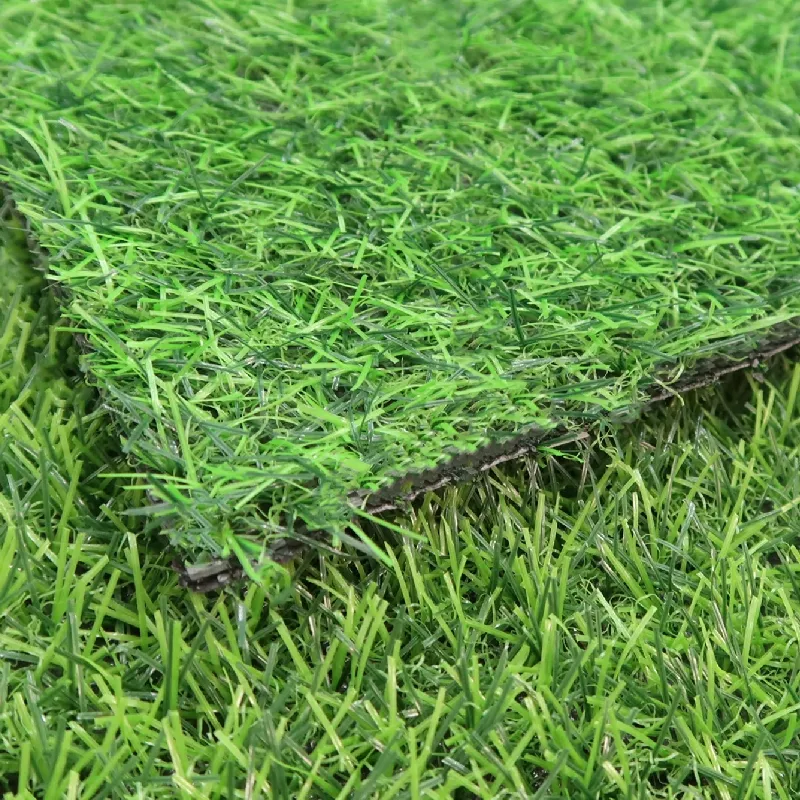
- Afrikaans
- Arabic
- Belarusian
- Bengali
- Czech
- Danish
- Dutch
- English
- Esperanto
- Estonian
- Finnish
- French
- German
- Greek
- Hindi
- Hungarian
- Icelandic
- Indonesian
- irish
- Italian
- Japanese
- kazakh
- Rwandese
- Korean
- Kyrgyz
- Lao
- Latin
- Latvian
- Malay
- Mongolian
- Myanmar
- Norwegian
- Persian
- Polish
- Portuguese
- Romanian
- Russian
- Serbian
- Spanish
- Swedish
- Tagalog
- Tajik
- Thai
- Turkish
- Turkmen
- Ukrainian
- Urdu
- Uighur
- Uzbek
- Vietnamese
Benefits and Uses of Synthetic Turf Grass for Homes and Sports Fields
Dec . 10, 2024 19:01 Back to list
The Rise of Synthetic Turf Grass A Revolution in Landscaping and Sports
In recent years, synthetic turf grass has gained significant popularity, becoming a preferred choice for various applications ranging from sports fields to residential lawns. This engineered alternative to natural grass offers several advantages, transforming how we think about landscaping and recreational spaces.
The Evolution of Synthetic Turf
The history of synthetic turf dates back to the 1960s, with the first commercial installation at the Astrodome in Houston, Texas, known as AstroTurf. Initially, it was designed to address the challenges of maintaining natural grass in indoor stadiums. Over the years, advancements in technology have led to the development of more realistic and durable artificial grasses, making them suitable for various environments.
Modern synthetic turf is typically made from polyethylene, polypropylene, or nylon fibers, which mimic the appearance and texture of natural grass. These products are designed not only to withstand heavy foot traffic but also to offer resilience against harsh weather conditions. As a result, synthetic turf has become a favorite in both athletic and residential applications.
Benefits of Synthetic Turf Grass
1. Low Maintenance One of the most significant advantages of synthetic turf is its low maintenance requirements. Unlike natural grass, which needs regular mowing, watering, and fertilizing, synthetic turf allows homeowners and facility managers to save time and resources. A quick occasional rinse to clear debris is often all that's needed to keep it looking pristine.
2. Water Conservation With increasing concerns about water scarcity, synthetic turf presents a sustainable solution. It eliminates the need for irrigation, significantly reducing water consumption, which is particularly beneficial in arid regions. This reduction in water usage not only conserves a vital resource but also lowers utility bills.
3. Durability and Longevity Synthetic turf is designed to withstand extreme weather conditions without losing its color or texture. It is resistant to fading and wear, allowing it to maintain its appearance over time. Most synthetic grass products come with warranties ranging from 8 to 15 years, making them a long-lasting investment.
synthetic turf grass

4. Safety Features Modern synthetic turf systems often feature advanced shock-absorption technology, minimizing the risk of injuries for athletes and children alike. Many turf products are also constructed from non-toxic materials, ensuring they are safe for people and pets, addressing health and environmental concerns.
5. Versatile Applications Synthetic turf can be used in a multitude of settings, including sports fields, playgrounds, residential lawns, rooftops, and even in commercial landscapes. This versatility makes it a popular choice for schools, municipalities, and homeowners looking to create beautiful green spaces without the associated maintenance burdens.
Environmental Considerations
While synthetic turf has clear benefits, there are some environmental concerns associated with its production and end-of-life processes. It is essential to consider the materials used in manufacturing and their impact on the environment. Many manufacturers are now focusing on creating eco-friendly options, utilizing recycled materials and ensuring that the turf is free from harmful chemicals.
Moreover, at the end of its lifespan, synthetic turf can be recycled into new products, reducing the amount of waste sent to landfills. Communities are increasingly exploring recycling programs to ensure that old turf is repurposed, minimizing its ecological footprint.
Conclusion
The rise of synthetic turf grass represents a groundbreaking shift in how we approach landscaping and sports facilities. With its numerous benefits, including low maintenance, water conservation, and safety, it has become a practical alternative for many applications. As technology continues to evolve, synthetic turf will likely see even greater advancements, becoming an integral part of sustainable landscaping practices.
As we strive for greener solutions in our daily lives, synthetic turf presents an opportunity to enjoy the beauty of lush green spaces while minimizing resource usage and maintenance efforts. Its versatility and durability are set to make it a long-lasting favorite in both residential and commercial applications.
-
The Benefits of Artificial Turf for Indoors
NewsJul.15,2025
-
How Artificial Grass Suppliers Ensure Quality Products
NewsJul.15,2025
-
Artificial Grass and Pets: A Space for Relaxation
NewsJul.08,2025
-
Balcony & Outdoor Decoration with Artificial Grass
NewsJul.08,2025
-
Best Indoor Artificial Grass for Home
NewsJul.07,2025
-
Best Pet Turf for Dogs: Safe & Durable Artificial Grass Options
NewsJul.07,2025
Products categories









